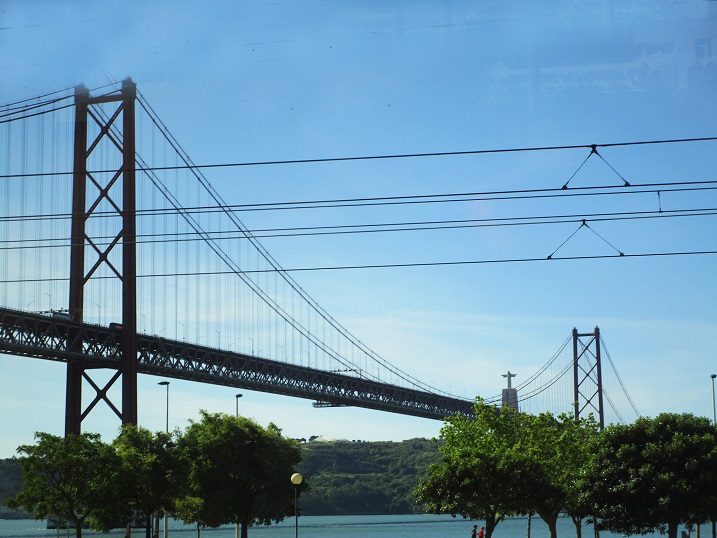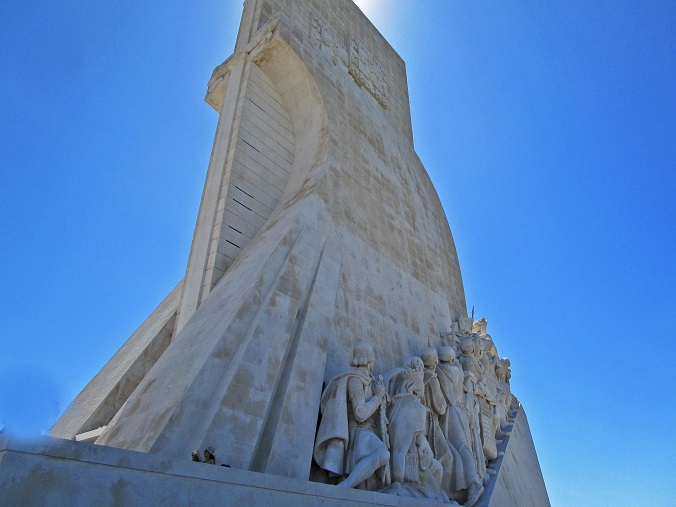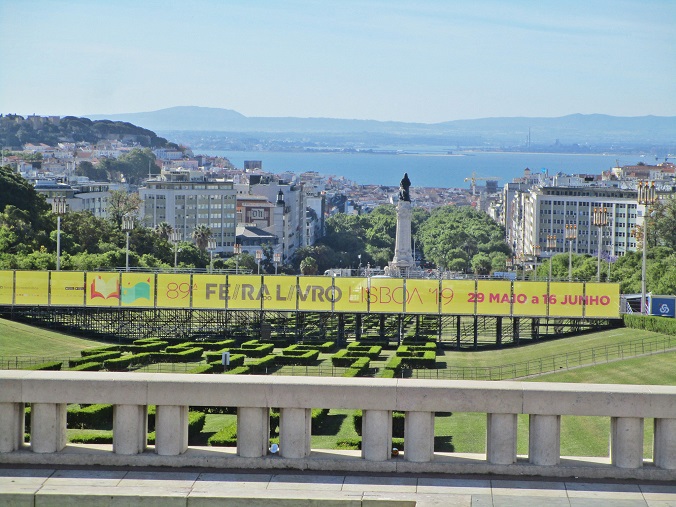Mike and Sandy booked "The Paradors of Northern Spain," a 14-day land trip staying mainly in old castles and country estates in the Pyrenees Mountains and Basque areas. (To get to an international airport at the end, a bit of Portugal is thrown in, too.) Trying not to have to sleep on airplanes, they decided to use Royal Caribbean's Rhapsody of the Seas as a "bus" to take them across the Atlantic, as it was repositioning from Tampa to Barcelona just when they needed to go. And some cruise friends who live near Tampa were perfect hosts for a few days before boarding the ship!
(Enlarge any picture in a new window by clicking on it -- click "back" to return to this page.)
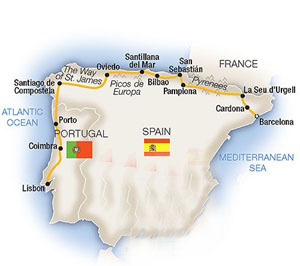
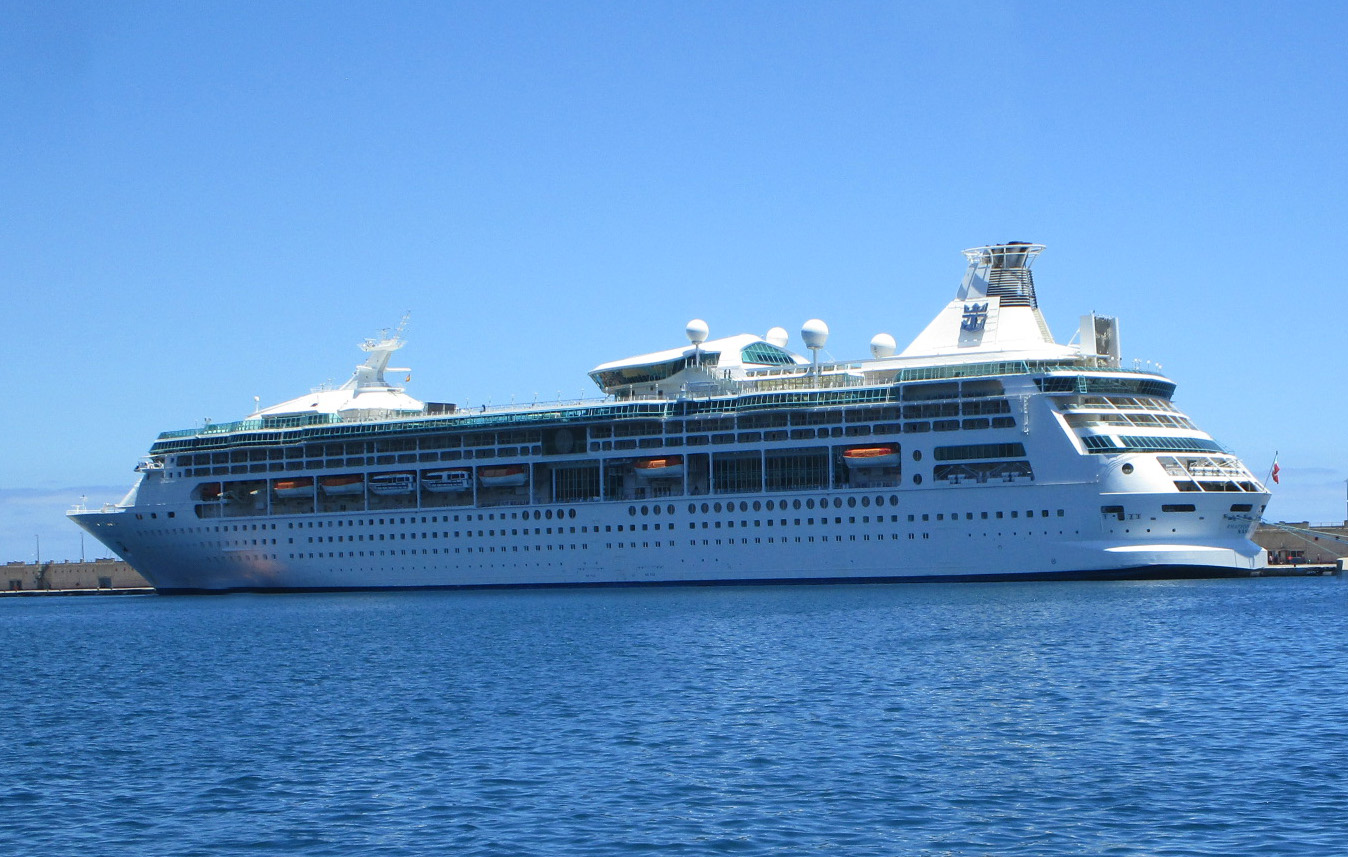
Here's a few pictures from around the ship and the few ports where we stopped enroute to Barcelona, the starting point of our tour. These included Key West, La Palma and Tenerife in the Canary Islands, and Malaga, on the south coast of Spain.
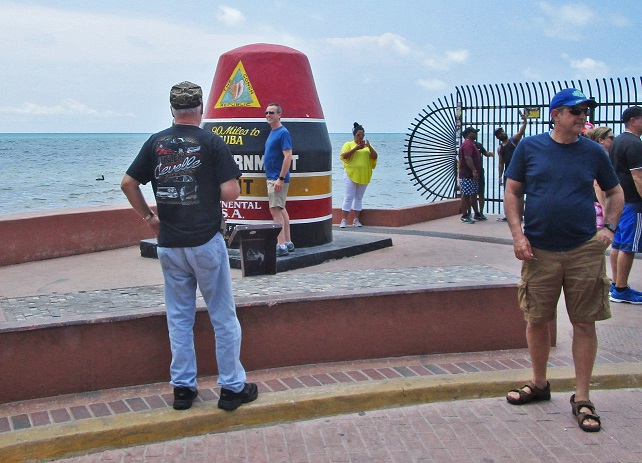
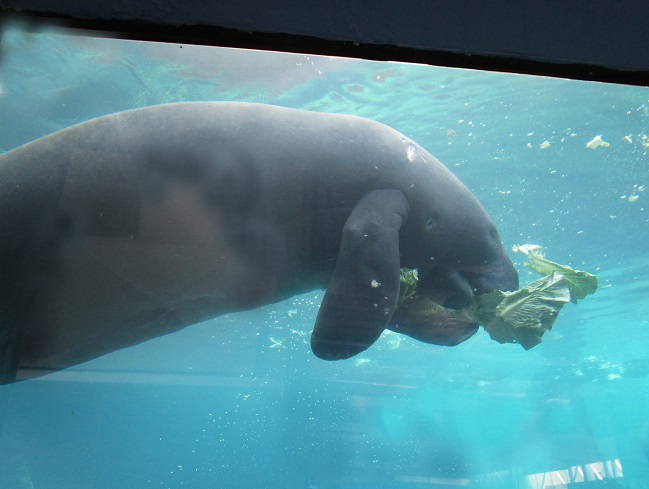
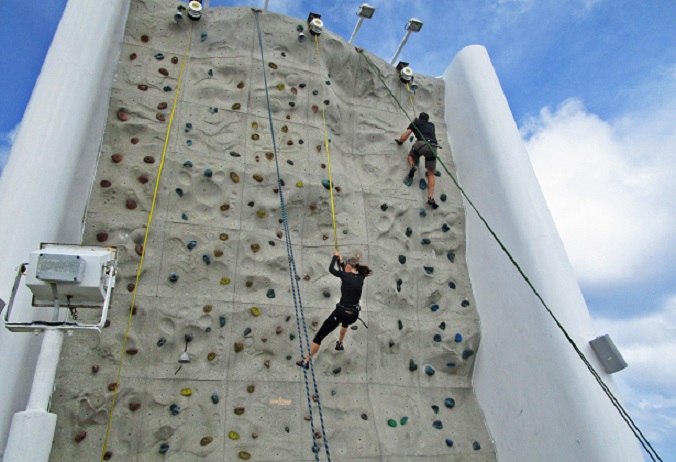
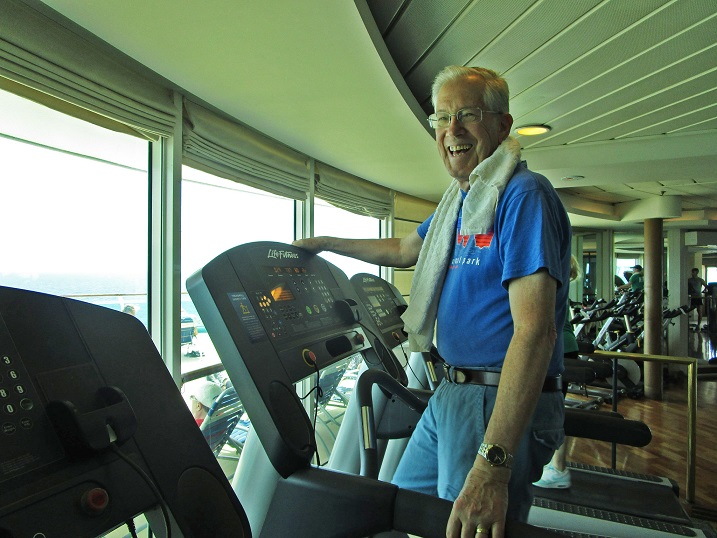
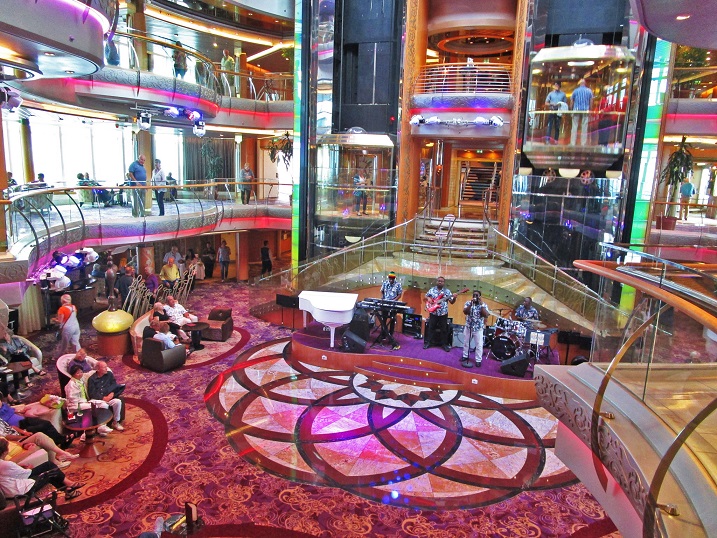
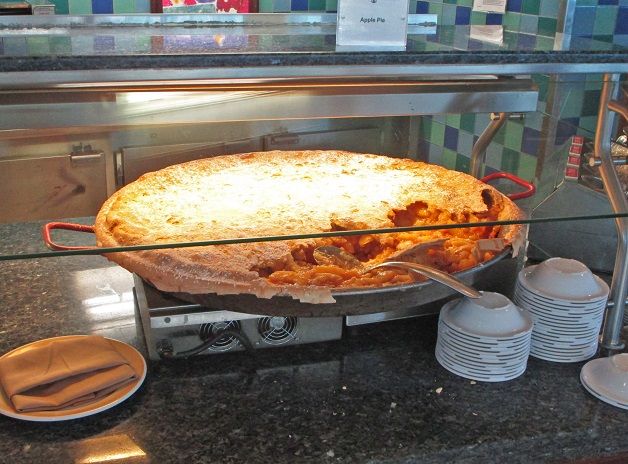
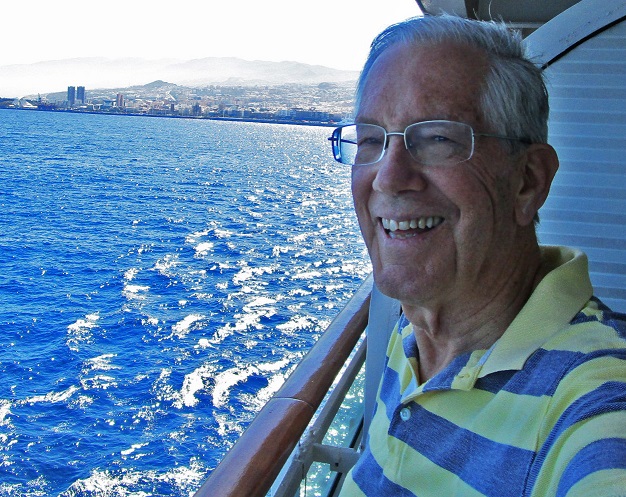
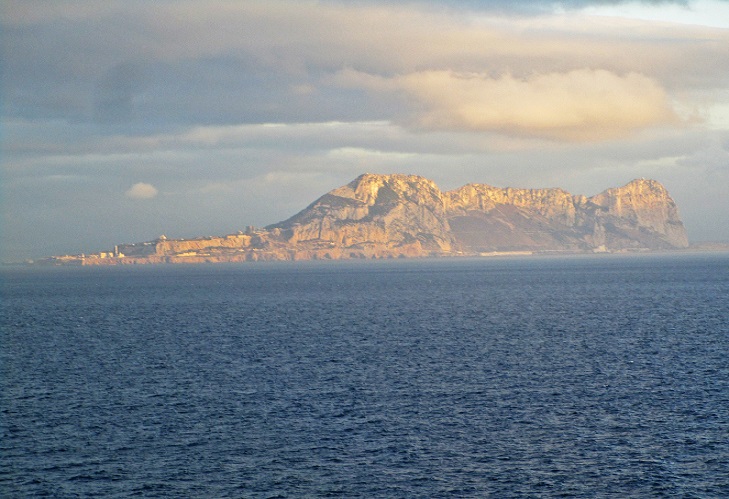
The ship reached Barcelona, the end of our "cruise." We checked into the Le Meridien Hotel, and immediately sought out a dentist. Sandy had a tooth ache start out in the middle of the Atlantic, and had a root canal procedure when we stopped at Malaga, Spain -- which we hoped would solve the problem, but it didn't. Finally a strong antibiotic brought relief.
We met up with our tour group for a welcome dinner. This trip is run by Tauck, a 5-star tour company that Sandy and Mike have used on a few trips previously. The group of 26 mostly retirees was all from the U.S.
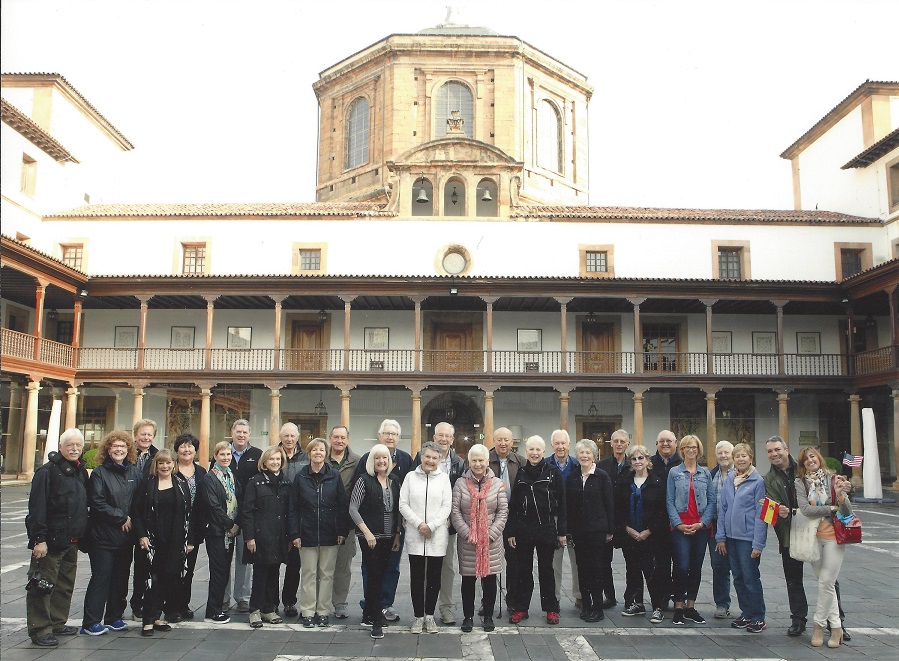
Of course you can't visit Barcelona without seeing its famous public market, and all things Gaudi, the noted Spanish architect. In addition to his famous Sagrada Familia, a huge Catholic Cathedral begun in the late 1880's, and still not completely finished, there are numerous Gaudi-designed homes and commercial buildings around the city.
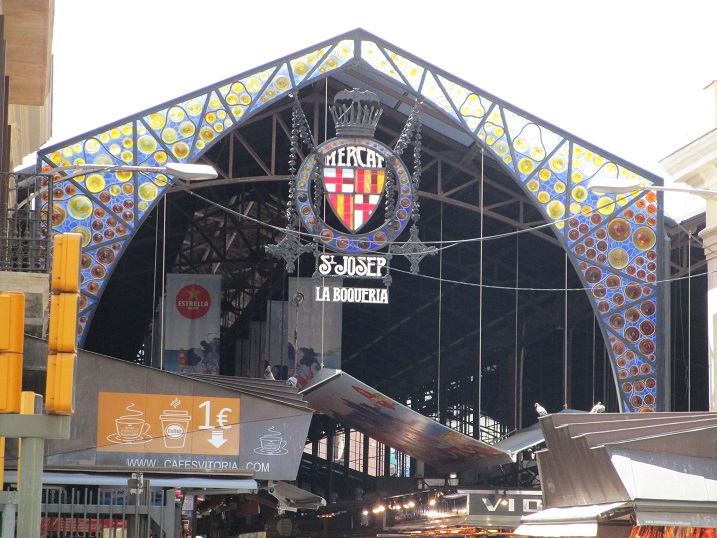
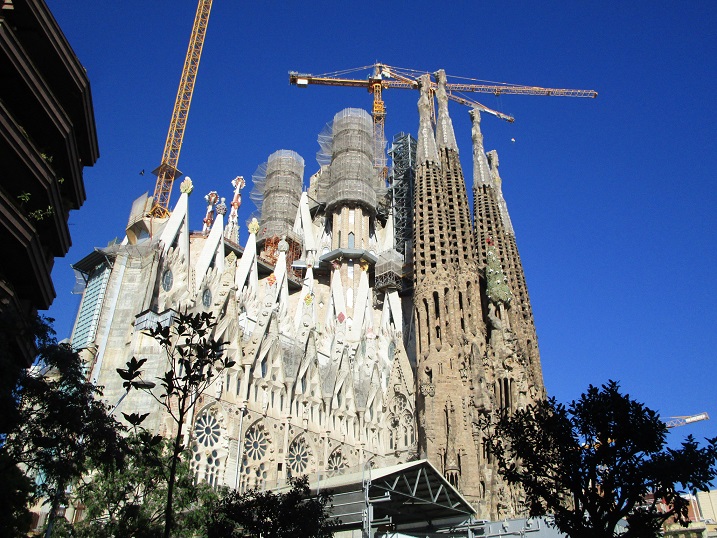
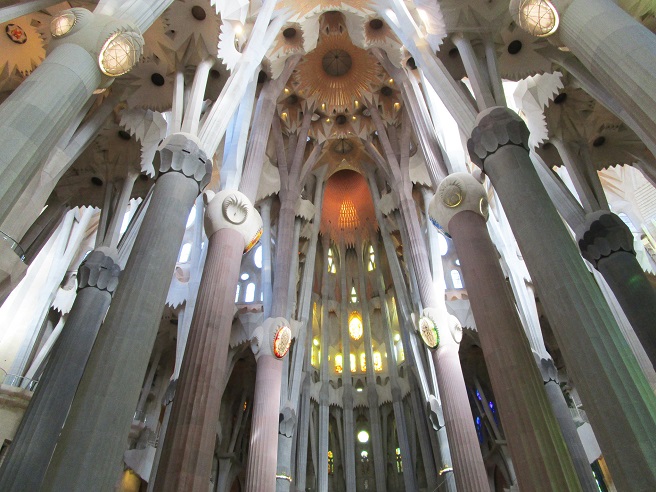
The next morning We set out in our bus, stopping at the Benedictine monastery on top of Montserrat Mountain, a favorite destination for pilgrims going to Spain. We continued on to the town of Cardona, having lunch at a medieval Parador (old castle) built in the 9th Century (so over 1100 years old) on the hill overlooking the town.
In the afternoon, we continued up the mountain, seeing some snow still at the peaks, to La Seu d'Urgell, our base for two nights. (France is just on the other side of these mountains.) We spent the night here in a modern hotel, built adjancent to a Romanesque era castle built in 9th century -- and had dinner inside the castle.
An interesting tour the next morning showed us the site of some water sports during the 1992 Summer Olympics, including the canoe and kayaking evwents. The kayak rapids course was interesting, and still in use today.
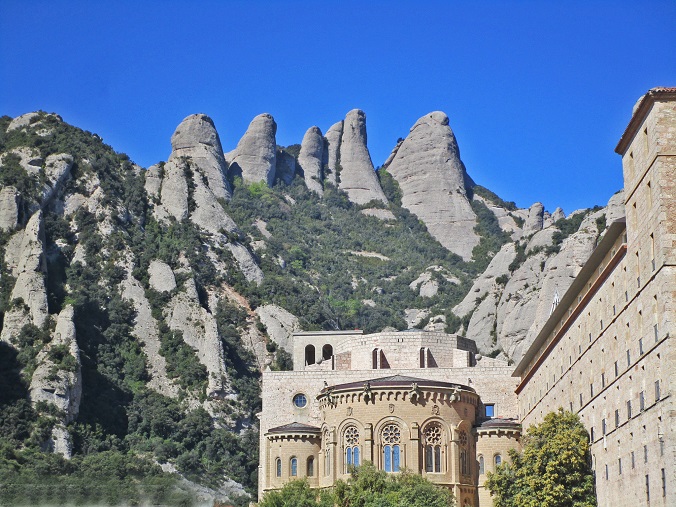
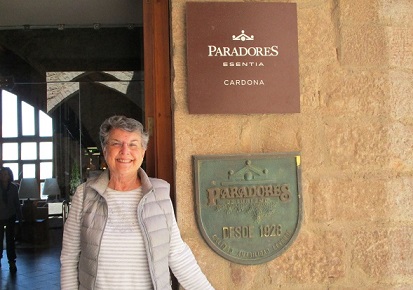
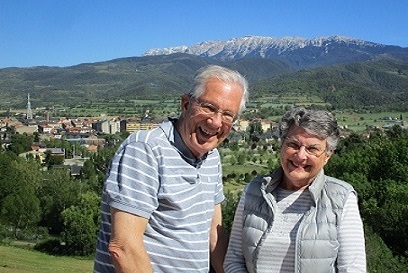
Our tour then continued along the edge of the Pyrenees Mountains to Pamplona, immortalized in Hemingway's "The Sun Also Rises" and famous for the annual running of the bulls. We then headed on to Bilbao, on the Atlantic coast, and the unofficial capital of the Basque region. Bilbau once had a thriving steel and ship-building industry. When that failed, Spain worked out an arrangement with the Guggenheim Museum in New York to open a new museum in Bilbao. The building itself is a stunner, and now Bilbao's economy thrives on tourism.
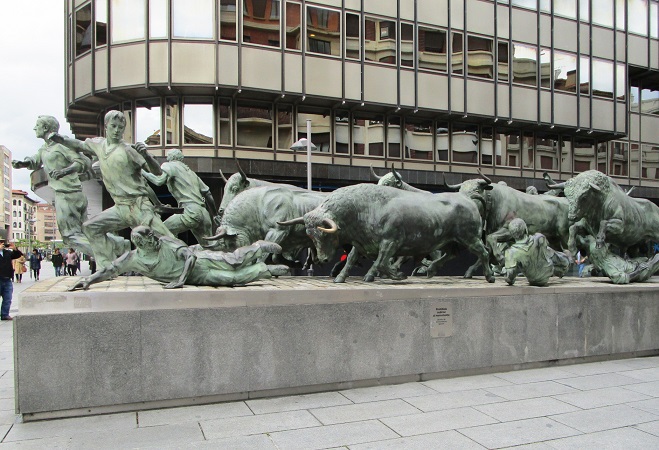
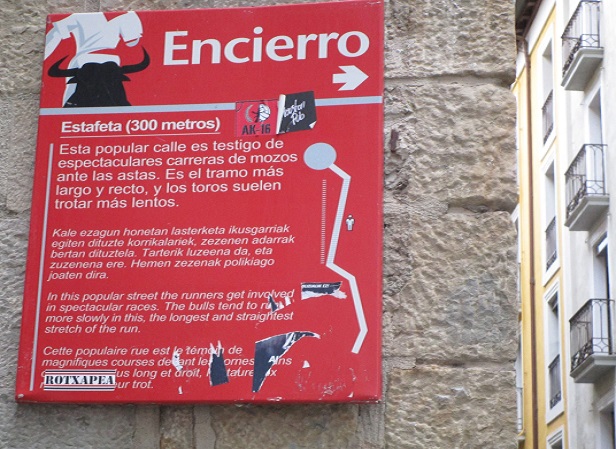
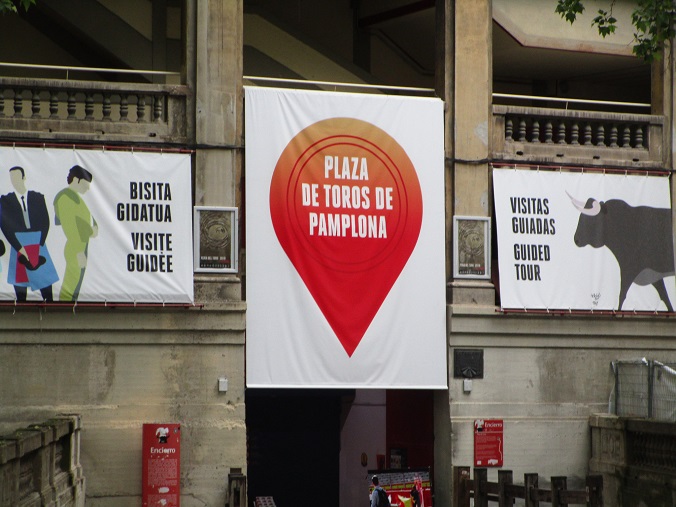
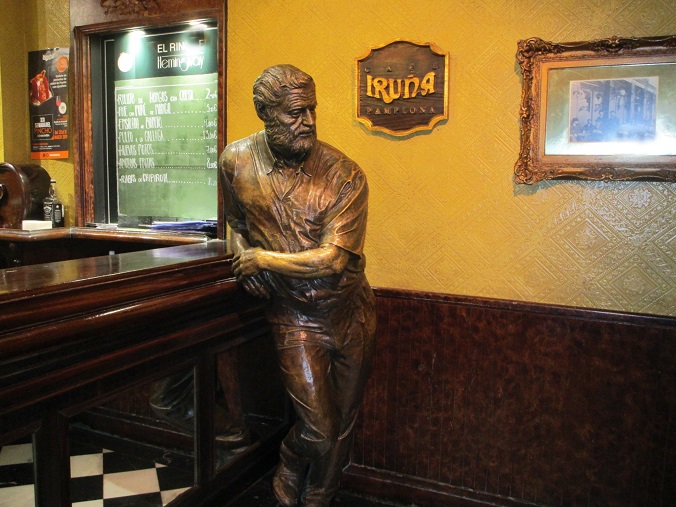
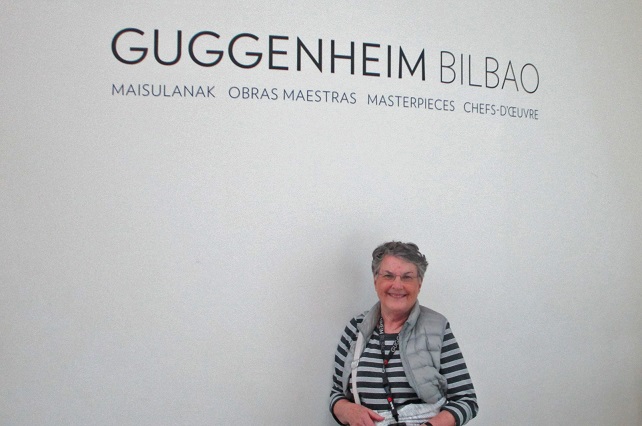
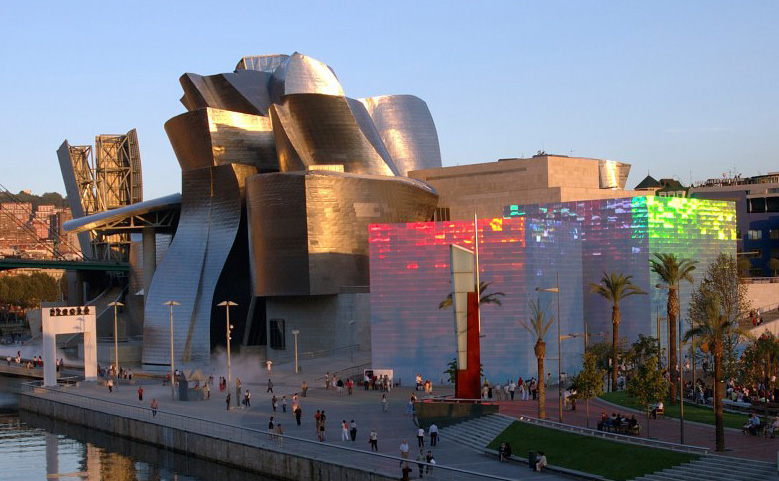
Next day found us on the road again, with a stop for lunch in the medieval town of of Santiliana del Mar, before we continued on to Oviedo.
Oviedo was interesting as it is where the royal family of Spain is from, and the home of the annual Princess of Asturias Awards made by the royal family. (These are sort of Spain's version of the Nobel prizes -- some recent receipients have included Martin Scorsese, the Khan Academy, Lindsey Vonn, and Francis Ford Coppola.) Our Oviedo accommodations were in a restored 18th century hospice that was featured in the 2008 Woody Allen movie "Vicky Cristina Barcelona." A city park features a bench-mounted statue of Mafalda, the Argentine comic character seen around the world, while our dinner was served inside a huge wine barrel. Our guide Javier demonstrated how Spainards pour wine into a glass with gusto!
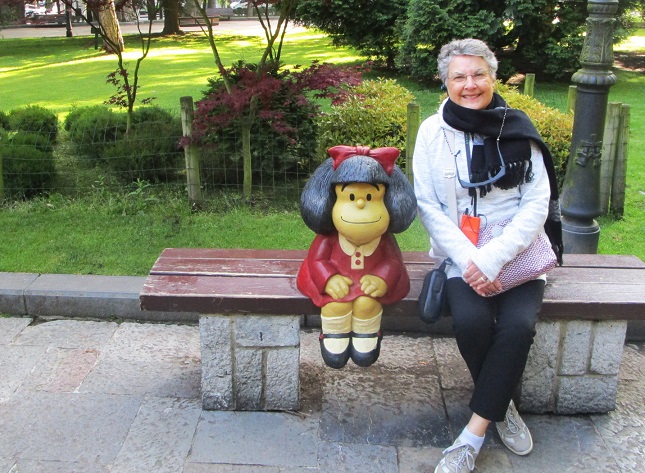
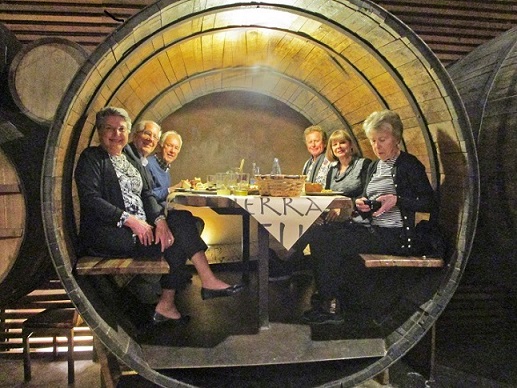
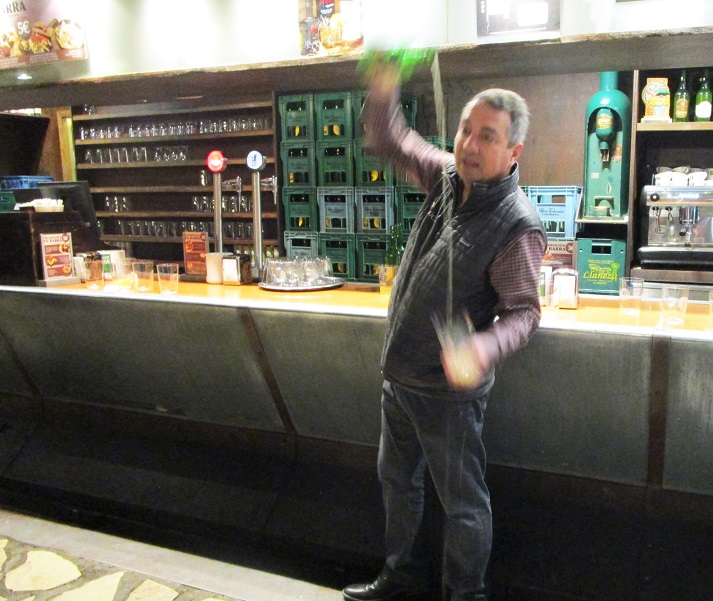
Next up was the town of Santiago de Compostela, where we stayed in a Parador opened in the 15th century, making it the oldest in Spain (and in the top 20 in the world). Our Parador was on the main square, right next to the huge Romanesque Cathedral, built in the 11th century, which houses the tomb of the Disciple James.
Closely related to this are the thousands of pilgrims each year that hike a route across northern Spain to Santiago de Compostela -- a route often called "The Way of St. James" or "Camino de Santiago," and now included on the UNESCO World Heritage List. Pilgrims have walked this route to Santiago since around 1000 AD, with ebbs and flows in numbers over the years. (The 2010 Martin Sheen movie "The Way" was about his becoming a somewhat unwilling pilgrim on this hike.)
Another interesting thing in Santiago was the bagpipes played to greet each pilgrim as they enter the big plaza in front of the cathedral. There is apparently considerable historic connections between Scotland/Ireland, and Galicia, the far north-west region of Spain, where Santiago is located.
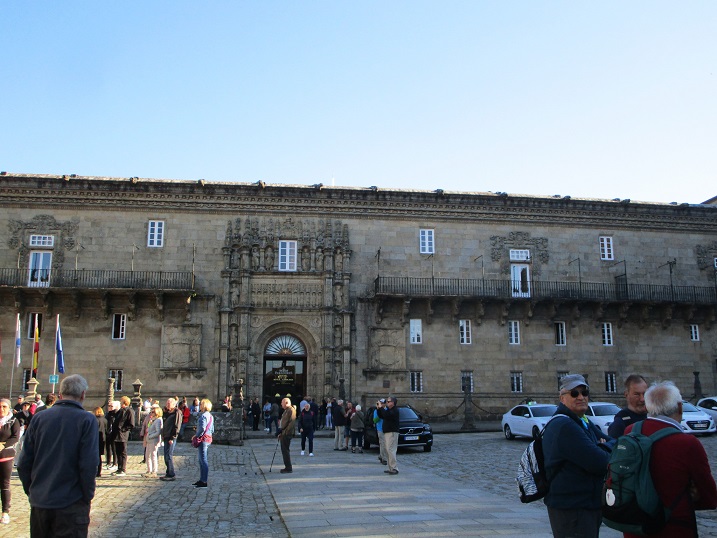
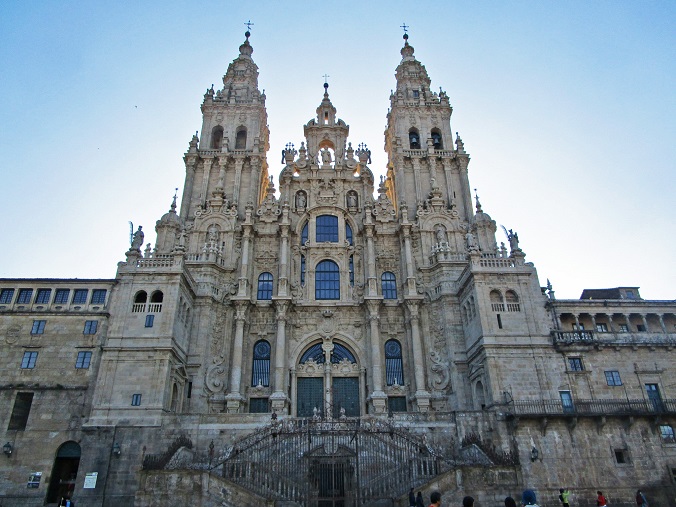
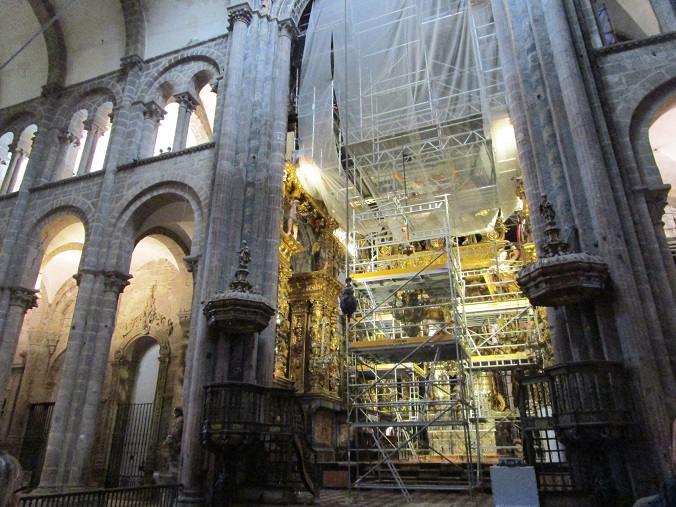
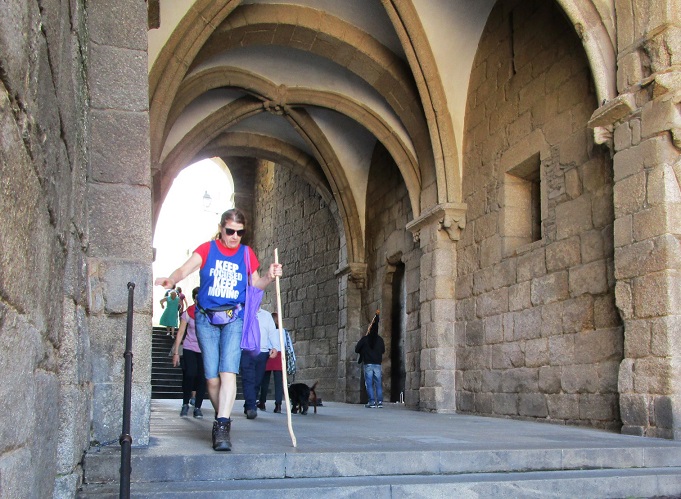
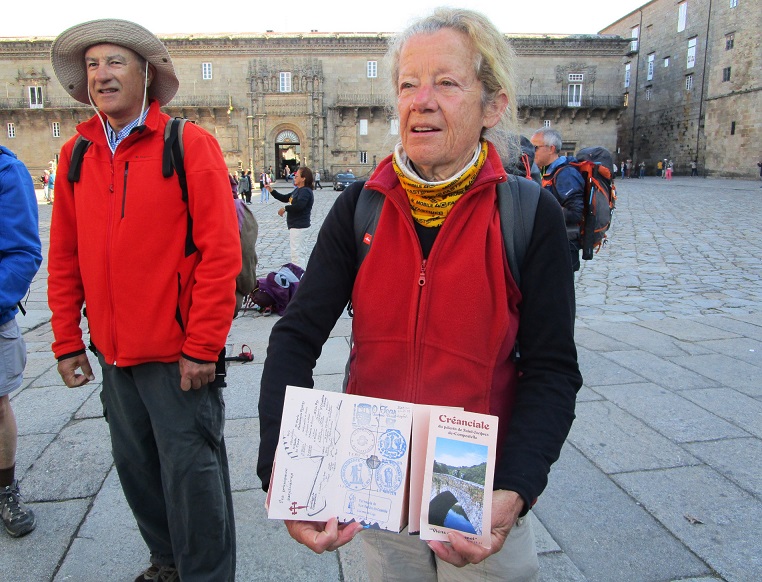
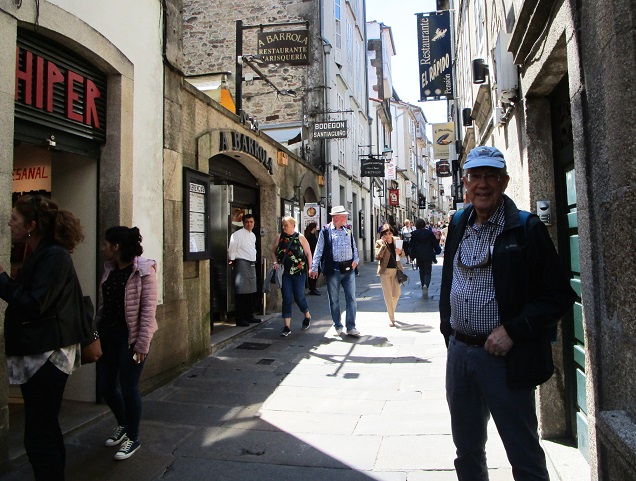
Crossing the border, the tour arrived in the Portugese city of Porto, which Mike and Sandy visited in 2016 for a riverboat cruise. It's the center of Portugal's wine industry, so of course we had wine tasting and dinner at one of the big wineries. The city is bisected by the Duoro River, spanned by several bridges, one of which was designed by Gustave Eiffel.
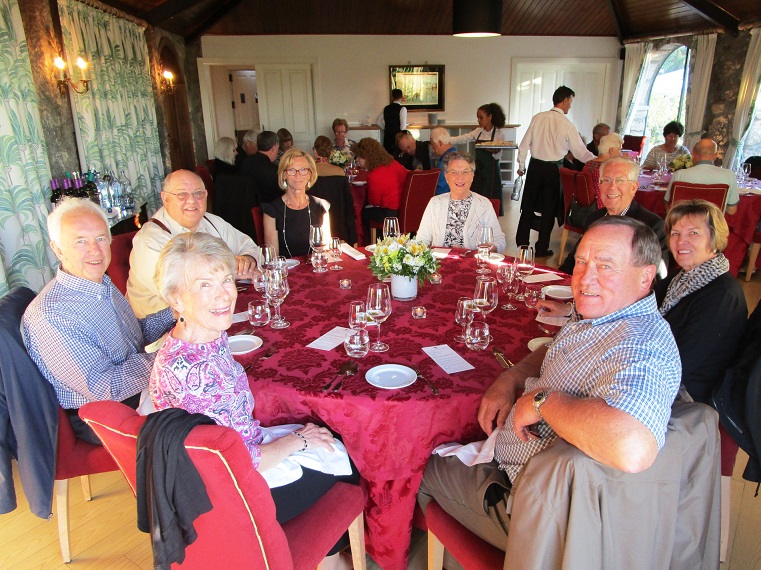
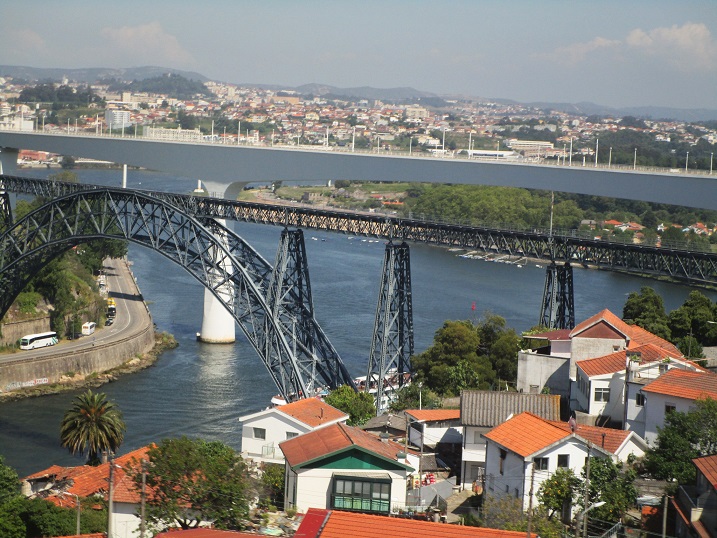
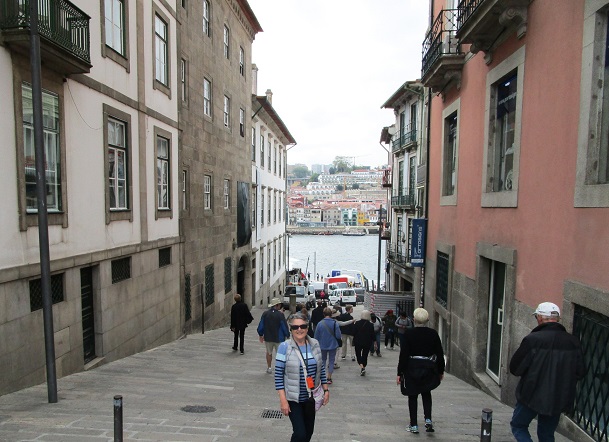
We turned south, headed for Lisbon, our last stop on the tour. Lunch was in Coimbra, the capital of Portugal for over one hundred years, and home to a large university with a huge library dating from the 16th century.
Lisbon has several things in common with San Francisco. It has a bridge across its big downtown river that is almost identical to the Golden Gate bridge, it has electric street cars on its streets, and it was almost totally destroyed by a huge earthquake in 1755. (It also has a Christ statue just like the one in Rio de Janiero, only a bit smaller, and lots of monuments to Portugese explorers of the 15th century.) We had our farewell dinner before morning flights home the next day.
